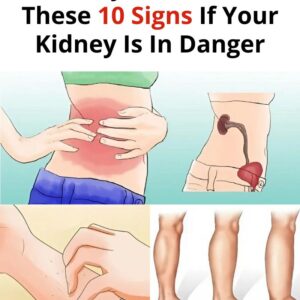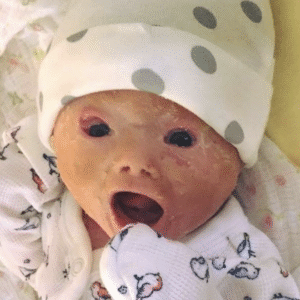**Shingles**, or herpes zoster, is a viral infection caused by the same virus that causes chickenpox—*varicella-zoster*.
If you’ve had chickenpox, the virus “lies dormant in your nerve cells, waiting for an opportunity to reappear.” It can reactivate years later, especially when your immune system is weak or under stress, leading to a painful, blistering rash.
**At Risk Groups:** People over 50, those with weakened immune systems, recent illnesses, trauma, or high stress are more likely to develop shingles. As the article notes, “People who have had chickenpox before” are especially vulnerable.**Symptoms** begin with fever, chills, headache, and fatigue. Within days, a burning or tingling sensation may develop, followed by a red rash and fluid-filled blisters. Pain can range from mild to severe.
**Complications** can include “post-herpetic neuralgia, bacterial infections… nerve paralysis or even the spread of the virus to other parts of the body.”
**Prevention and Treatment:** The Shingrix vaccine “significantly reduces the risk” of shingles. Early antiviral treatment—such as Acyclovir or Valacyclovir—can ease symptoms. Pain relievers like ibuprofen or paracetamol may help, and antibiotics are used if there’s a bacterial infection.While shingles itself isn’t contagious, “you can pass the virus on” to those who’ve never had chickenpox, so proper hygiene and avoiding contact with vulnerable people is key.





